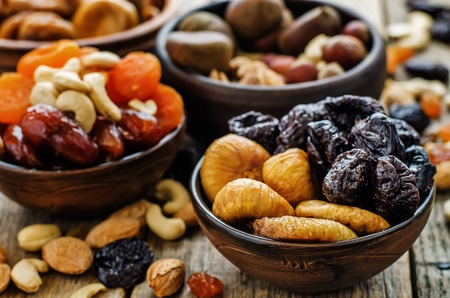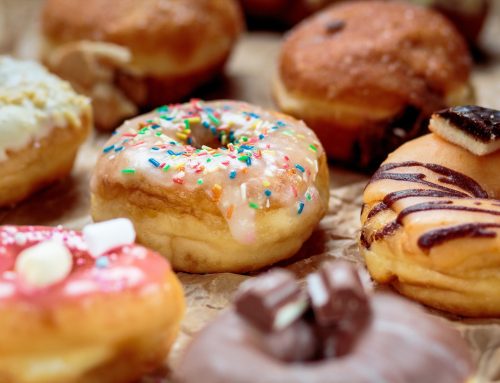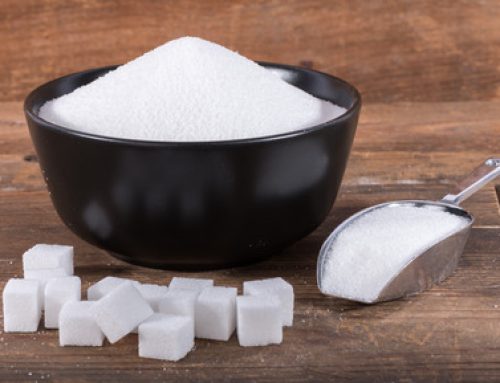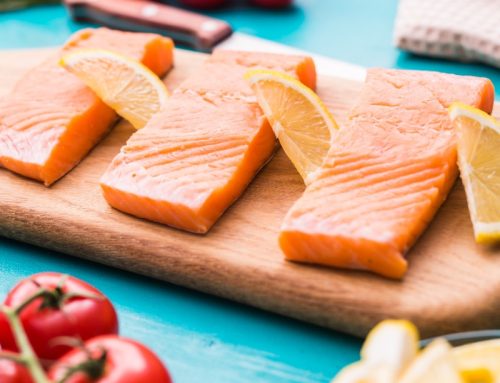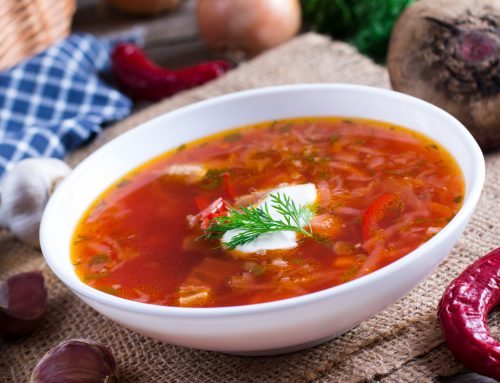Finding healthy diabetic snacks can be confusing. And when the stay-at-home orders began back in March, plenty of people predicted that it would affect people’s eating habits, and no surprise, it has. Results of an online survey conducted in April and published last month in the medical journal Obesity found that 70 percent of nearly 8,000 respondents admitted to snacking more.
They say that like it’s a bad thing.
While snacking often gets maligned as an unhealthy habit, it can have an upside, particularly if you’re one of the more than 34 million Americans with type 2 diabetes. For many people, snacking can help prevent overeating at meals and keep energy levels steady throughout the day, says Erin Palinski-Wade, a registered dietitian and author of 2 Day Diabetes Diet. “For people with diabetes specifically,” she says, “snacking can be a great way to help manage appetite and space carbohydrates out during the day. Eating frequently may also help prevent the blood sugar lows that can occur when you haven’t eaten for an extended period of time.”
Most people have experienced some of the effects of wonky blood sugar levels: sudden lethargy, mood swings or ravenous hunger. People with type 2 diabetes are more sensitive to these effects, as well as long-term risks including vision problems, nerve damage, and heart and kidney issues. That’s because a diabetic pancreas fails to release insulin, or at least enough of it to deal with the aftermath of eating. Normally, your body breaks food down into glucose, a sugar and the main energy source for your cells. Insulin helps deliver that energy to cells; without that hormone, or enough of it, the sugar stays in your blood. Chronically elevated blood sugar can cause organ and tissue damage over time.
Previously, when a short-acting injectable insulin was the only option for people with type 2 diabetes, experts pushed a three-meal, two-snack-a-day regimen, says Amy Kimberlain, a registered dietician and spokesperson for the Academy of Nutrition and Dietetics. But now that there are other injectables and oral medications that work differently, those restrictions have loosened up. Still, she says, timing and consistency are key when it comes to managing blood sugar, and therefore when eating.
Eating at regular intervals throughout the day is one key — Palinski-Wade recommends her clients with type 2 diabetes have some food every three to four hours. And, ideally, roughly the same amount of food. Big meals are a no-no when you have diabetes because they dump far too much glucose in your system at once. Skipping meals is ill-advised for similar reasons — your blood sugar will plummet. Sensible snacking can help in both scenarios. Palinski-Wade’s helpful guide for “sensible”: Make sure your snacks are no more than one-third to one-half the calories of your meals. So if you typically eat 500 calories at a meal, your snacks should be between 160 and 250 calories each.
Of course, what you eat matters, too. Your body digests carbohydrates, proteins and fats at different rates. Simple carbs — things like refined white bread and processed sugary snacks — turn into glucose the fastest, flooding your system with more sugar than it can handle. Ideally, you want a steady drip of carbs throughout your day, says Kimberlain. “We overeat carbs in general,” she says. “Strive to make half of them whole grains, which have fiber to slow digestion, and pair them with proteins and healthy fats.” For instance, try adding peanut butter to oatmeal, or beans to rice. And remember, you don’t get to double up on carbs at one meal because you skipped them at a previous meal. Your goal is balance and consistency.
It may seem tough not to stress-eat carbs right now, but that Obesity study did have some encouraging data: While 44 percent of respondents were snacking on junk food, 26 percent had increased their intake of healthful snacks while quarantining. You can, too. Need more inspiration?
Healthy Diabetic Snacks
Here is a list of some healthy diabetic snacks from AARP. Check out these expert-recommended suggestions for whatever you’re craving:
SAVORY
• Hummus
(We like Sabra singles, which are preportioned in 150 calorie containers) with veggies (sliced cucumber, bell pepper, celery or carrots). There’s some evidence that fiber from plant-based sources may help with insulin sensitivity in as little as three weeks.
• Avocado toast or crackers.
“One-third of a medium avocado contains just 4 grams of carbs, 79 percent from fiber, which slows down food digestion and prevents rapid rises in blood glucose following a meal,” says Palinski-Wade. They also have 6 grams of heart-healthy fats per serving. Try spreading avocado on crisp whole grain crackers or a slice of whole grain toast for a tasty midday fiber and nutrient boost. Sprinkle with a little garlic salt, cumin or red pepper flakes.
SALTY
• Cheese crisps.
Reach for these crunchy protein treats instead of potato chips. You can make them easily yourself by baking small piles of grated cheese (cheddar and Parmesan both work well) on a parchment-lined baking sheet in a 400-degree oven until golden and crisp, about 5 minutes. Whisps also makes a variety of flavors.
• DIY snack mix.
Mix some low-calorie whole-grain popcorn (sugar-free Pop Zero, SkinnyPop, and heirloom Popcorn are among our fav brands) with 1 ounce of nuts, such as Wonderful Pistachios No Shells Roasted & Salted or Diamond of California’s first-ever ready-to-eat Snack Walnuts line. You can season with spices like cinnamon or cayenne if you prefer. The protein-fiber-fat trio will help keep you fuller longer.
SWEET
• Ricotta cheese with dark chocolate chips.
Stir some dark chocolate (it has less sugar and antioxidants) into some part-skim ricotta for a creamy, protein-packed, low-carb way to satisfy a sweet tooth.
• Prunes.
Naturally occurring sugar is typically bound with fiber, so it won’t spike blood sugar levels, says Palinski-Wade. Prunes (or dried plums, as they’ve been rebranded) are one of the lowest-sugar dried fruits, and, she says, eating five to six prunes per day may help prevent bone loss — a great benefit especially as people with diabetes are at a greater risk of developing osteoporosis. She even uses them as a sugar substitute in baked goods, such as her chocolate chip prune cookies.
Click here to read full story about healthy diabetic snacks.


